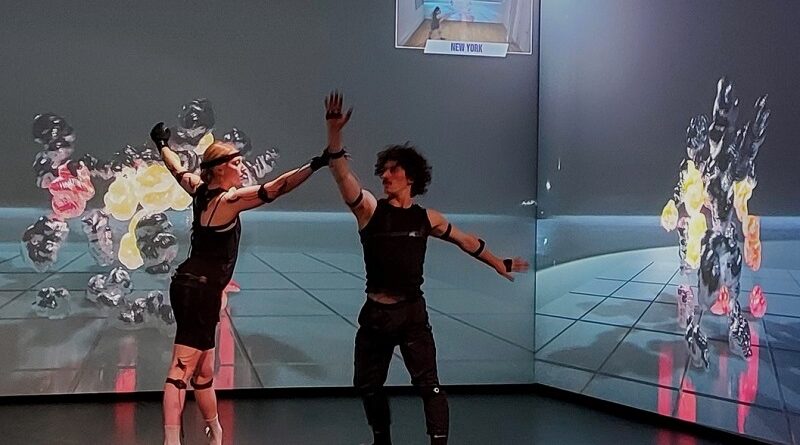Theatre has always been a living art form, reshaping itself to reflect the times. Today, technology is not merely a supporting act but a central force redefining how stories are written, staged, and experienced. Artificial intelligence, augmented reality, and digital tools are revolutionizing dramaturgy and performance in ways that challenge traditional boundaries and create opportunities unthinkable a generation ago.
Key Points
- AI is being used to assist in scriptwriting and dramaturgical analysis.
- AR brings immersive layers to stage design and live storytelling.
- Digital platforms extend theatre beyond the stage into hybrid or fully online spaces.
- These innovations enhance collaboration between playwrights, directors, and audiences.
- Technology poses questions about authenticity, creativity, and the role of human performers.
A New Era for Dramaturgy
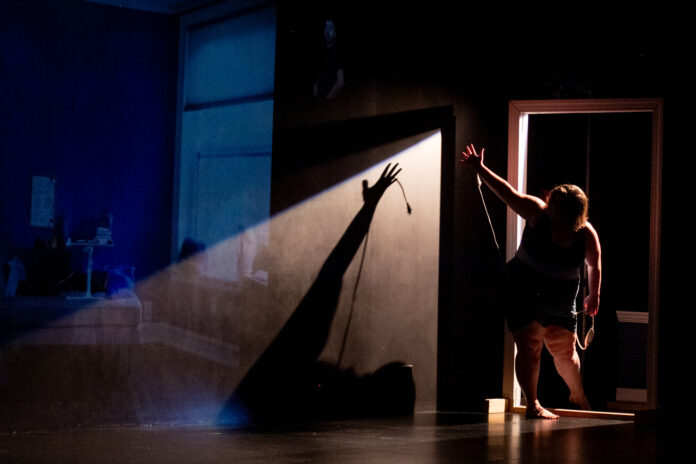
Dramaturgy has always involved shaping narratives, researching context, and ensuring that a performance speaks with depth and coherence. In the digital age, the role is evolving. Tools powered by AI allow dramaturgs to analyze scripts, suggest structural improvements, and even identify recurring motifs or historical references that may enrich a production. At the same time, AR and VR create new dramaturgical challenges: what happens when the “set” is virtual and constantly shifting depending on where an audience member looks?
For many professionals, dramaturgy now requires fluency not only in literature and history but also in digital platforms and performance technologies. This blending of traditional scholarship with technical innovation is one of the most striking signs of theatre’s transformation.
Artificial Intelligence in Scriptwriting and Analysis
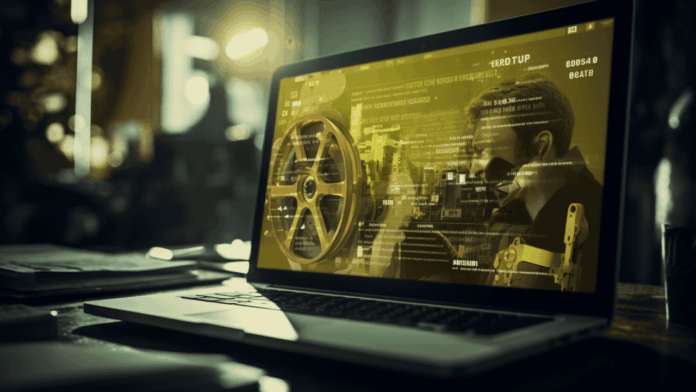
One of the most talked-about developments is the role of AI in generating and refining scripts. Playwrights are experimenting with AI models trained on vast corpora of literature, which can suggest dialogue variations or provide alternative narrative arcs. While the machine lacks lived experience, it offers patterns and structures that can surprise even seasoned writers.
Beyond creation, AI also helps dramaturgs and directors analyze scripts with precision. Algorithms can track character interactions, pacing, or thematic balance across a play. This supports dramaturgs in tasks such as:
- Identifying inconsistencies in narrative structure.
- Highlighting underdeveloped character voices.
- Comparing a new play’s rhythm with historical works.
Some theatre companies use AI to simulate audience reactions, testing how certain scenes might be received. The question, of course, remains whether predictive data can ever fully replace the unpredictability of a live audience. But the experimentation itself has become part of contemporary theatre culture.
Augmented Reality as a Stage Partner
Stage design has always balanced imagination with physical limitations. AR shifts that balance by allowing digital elements to overlay the physical stage. Instead of building costly sets, directors can create immersive environments projected into the theatre space or onto audience devices.
Imagine a Shakespearean forest that grows and shifts as actors move, or a futuristic city skyline that changes with each scene transition. Augmented reality not only enhances spectacle but also changes how dramaturgs conceptualize setting and movement. The line between scenography and dramaturgy blurs as the digital environment becomes an active storyteller.
AR is also being tested for audience interactivity. By using smartphones or AR glasses, viewers may see different layers of a performance depending on where they sit or what choices they make, turning a collective event into both a shared and personal journey.
Digital Tools for Collaboration
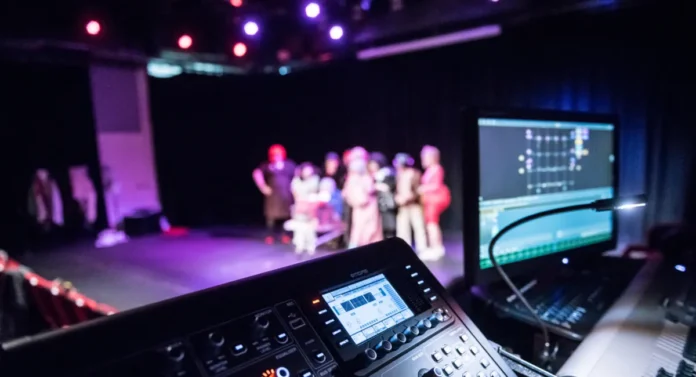
Theatre is inherently collaborative, and digital platforms have expanded this potential. Cloud-based tools allow directors, dramaturgs, actors, and designers to work together remotely, sharing notes, rehearsals, and annotations in real time. Virtual rehearsal spaces make it possible to stage a play even when the team is scattered across continents.
Some of the most useful digital performance tools include:
- Script annotation apps that let dramaturgs and directors layer insights directly onto text.
- Motion-capture software for experimenting with movement before rehearsals.
- Digital whiteboards where visual concepts and dramaturgical research can be mapped and connected.
These tools not only speed up workflows but also democratize access. Smaller theatre companies, once limited by geography and resources, can now collaborate on projects with international reach.
Performances Beyond the Stage
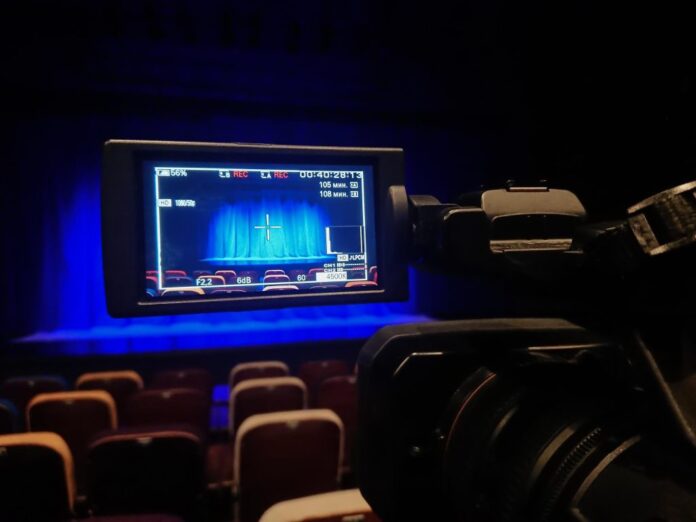
Technology is also expanding where theatre happens. During the pandemic, digital theatre streamed to laptops and phones became a lifeline. Now, hybrid performances are gaining legitimacy as their own artistic form rather than a temporary substitute.
Some productions combine live actors with digital avatars, while others create fully virtual plays hosted in online platforms where audiences “attend” as digital participants. Dramaturgy in this context must consider not just the script but also the platform, user interaction, and even server capacity. The narrative is no longer confined to a physical stage; it is distributed across networks and devices.
This has sparked new questions: How do you preserve liveness in digital space? Can a pause in internet connection become part of the performance? The answers are still evolving, but theatre has always thrived on uncertainty.
Challenges and Ethical Questions
While the innovations are inspiring, they also raise concerns.
If AI contributes to scriptwriting, where does authorship reside?
If AR environments dominate the stage, does the live human performance risk becoming secondary?
For dramaturgs, the challenge is not only to use these tools creatively but also critically.
There are also accessibility and equity considerations. Advanced technologies can be expensive, potentially widening the gap between well-funded institutions and smaller community theatres. Dramaturgy, historically a field rooted in critical reflection, now has the responsibility of questioning how technology is used and who benefits from it.
Conclusion
Technology is not an intrusion into theatre but a continuation of its centuries-old tradition of adaptation. Just as gas lighting, recorded sound, and projected images once transformed the stage, today’s AI, AR, and digital tools are reshaping dramaturgy and performance. The task now is to harness these innovations thoughtfully, ensuring they serve the story rather than overshadow it.
Theatre’s strength has always been its ability to reinvent itself while holding on to the essence of human storytelling.
In that sense, the digital age is not an end to dramaturgy as we know it but the beginning of a richer, more layered form of it.

